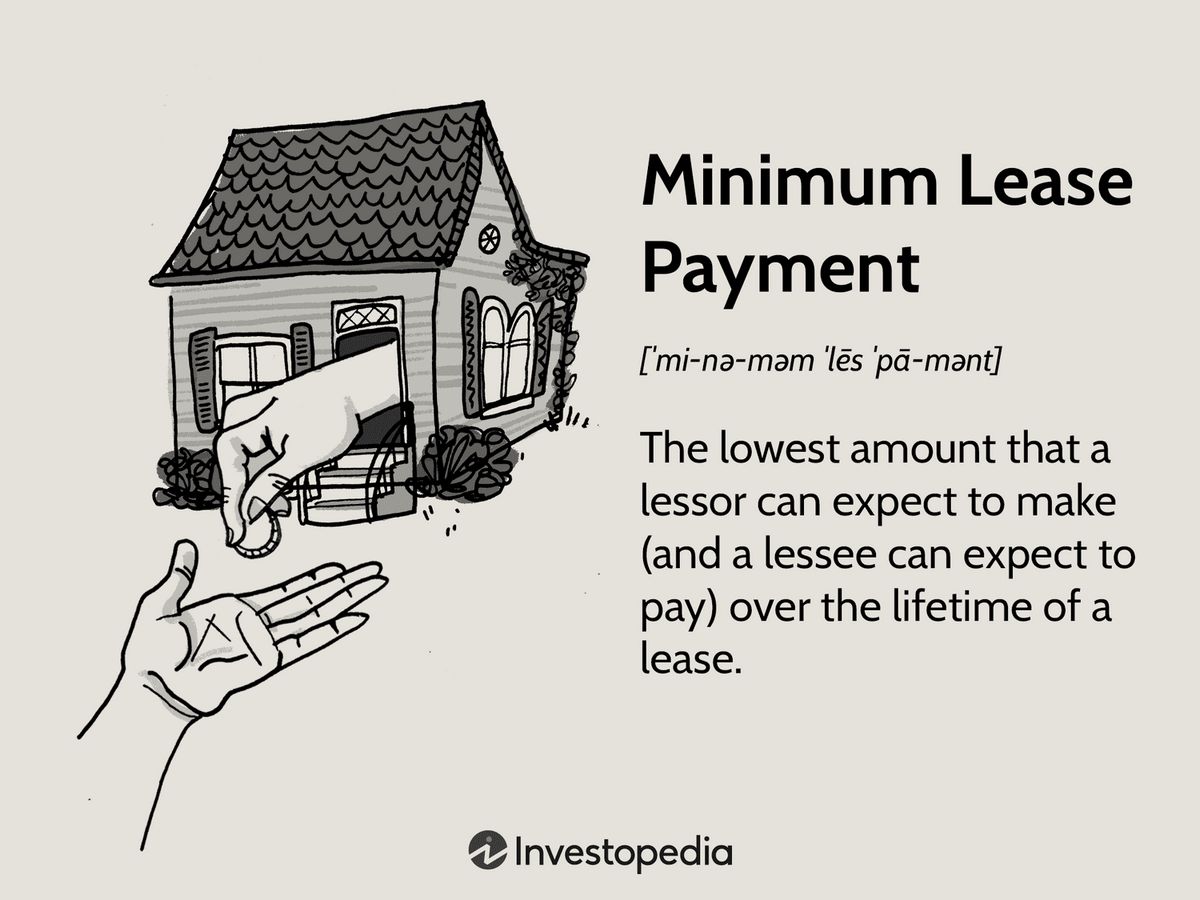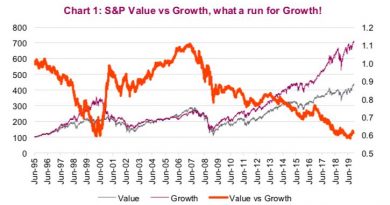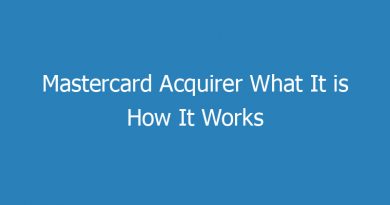Minimum Lease Payments Definition Calculation Formula Example

Minimum Lease Payments: Definition, Calculation Formula, Example
What Are Minimum Lease Payments?
The minimum lease payment is the lowest amount that a lessor can expect to make (and a lessee can expect to pay) over the lifetime of the lease. Accountants calculate minimum lease payments to assign a present value to a lease and record it properly in the company’s books.
The method of calculating minimum lease payments is laid out in Statement of Financial Accounting Standards No. 13 (FAS 13), Accounting for Leases, published by the Financial Accounting Standards Board (FASB) in 1980.
Key Takeaways
– Minimum lease payments refer to the lowest anticipated amount a lessee is expected to pay over the course of a leased asset or property.
– Present value calculations are used to discount future lease payments to properly account for the time value of money.
– Minimum lease payment estimates use a 90% test for an asset’s recovery of investment, regardless of whether it is a capital or operating lease.
The Formula for Minimum Lease Payments and Lease Valuation
The present value formula encompasses the minimum lease payments and the value of the total lease. Leased equipment often has a residual value at the end of the lease term, which is an estimate of the remaining value in the leased asset.
PV = ∑i = 0n [Pmti (1 + r)] + Res(1 + r)n
where:
PV = Present value of the minimum lease payments
Pmti = Lease payment for period i
r = Interest rate
n = Number of payment periods
Res = Residual amount
What Does Calculating Minimum Lease Payments Tell You?
The minimum lease payment calculation is an important part of an accounting analysis called the recovery of investment test (90% test). This test is used to decide whether a lease should be recorded in the company’s books as an operating or capital lease. The accounting treatment for minimum lease payments differs depending on whether you’re the lessee or the lessor.
When a company cannot afford to fully purchase equipment or expects it to have a short useful life, it may lease the equipment. The lessor owns the equipment and rents it out. The lessee makes regularly scheduled payments to the lessor for the use of the equipment. The lessee is expected to make a minimum payment during the contractual period that the equipment is leased out. This payment is known as the minimum lease payment.
Minimum lease payments include the rental payments over the lease term, including the amount of any bargain purchase option, premium, and any guaranteed residual value, while excluding any rental relating to costs to be met by the lessor and any contingent rentals.
Special Considerations
Although common sense suggests that the minimum lease payments on a 12-month lease at $1,000 a month should be $12,000, this number can be complicated by contractual clauses. Executory costs like maintenance and insurance are usually excluded because they are the responsibility of the lessor, but other factors can be added to the cost of a lease.
These factors include any guarantees made by the lessee to the lessor about the residual value of the leased property at the end of the lease, as well as any payments for non-renewal of the lease. Once these are factored in, a reasonable present value can be assigned to the lease for accounting purposes.
Example of Minimum Lease Payments and Present Value
The value of a lease is estimated by discounting the minimum lease payments. Let’s use an example to determine how much a lease will cost in today’s dollars. A company takes out a 3-year lease on a number of heavy-duty trucks.
The minimum lease payment per month is $3,000, or $36,000 per year. Lessors also charge interest as compensation for leasing their equipment. In this case, the interest rate is 5% per year, or 5% divided by 12 months = 0.417% per month.
To calculate the present value (PV) of the leased trucks, the residual value must be factored in. The residual value is the value of the trucks after the lease period is over. Let’s assume that the residual value is $45,000.
The annual interest rate on the lease is used as the discount rate in calculating the PV. The PV on the trucks’ lease can be calculated using the PV formula, including the residual in the calculation, as follows:
PV = $36,000 (1 + 0.05^1) + $36,000 (1 + 0.05^2) + $36,000 (1 + 0.05^3) + $45,000 (1 + 0.05^3) = $34,285.71 + $32,653.06 + $31,098.83 + $38,873.53 = $136,911.13
The lease will be estimated to cost $136,911.13 in today’s value.



